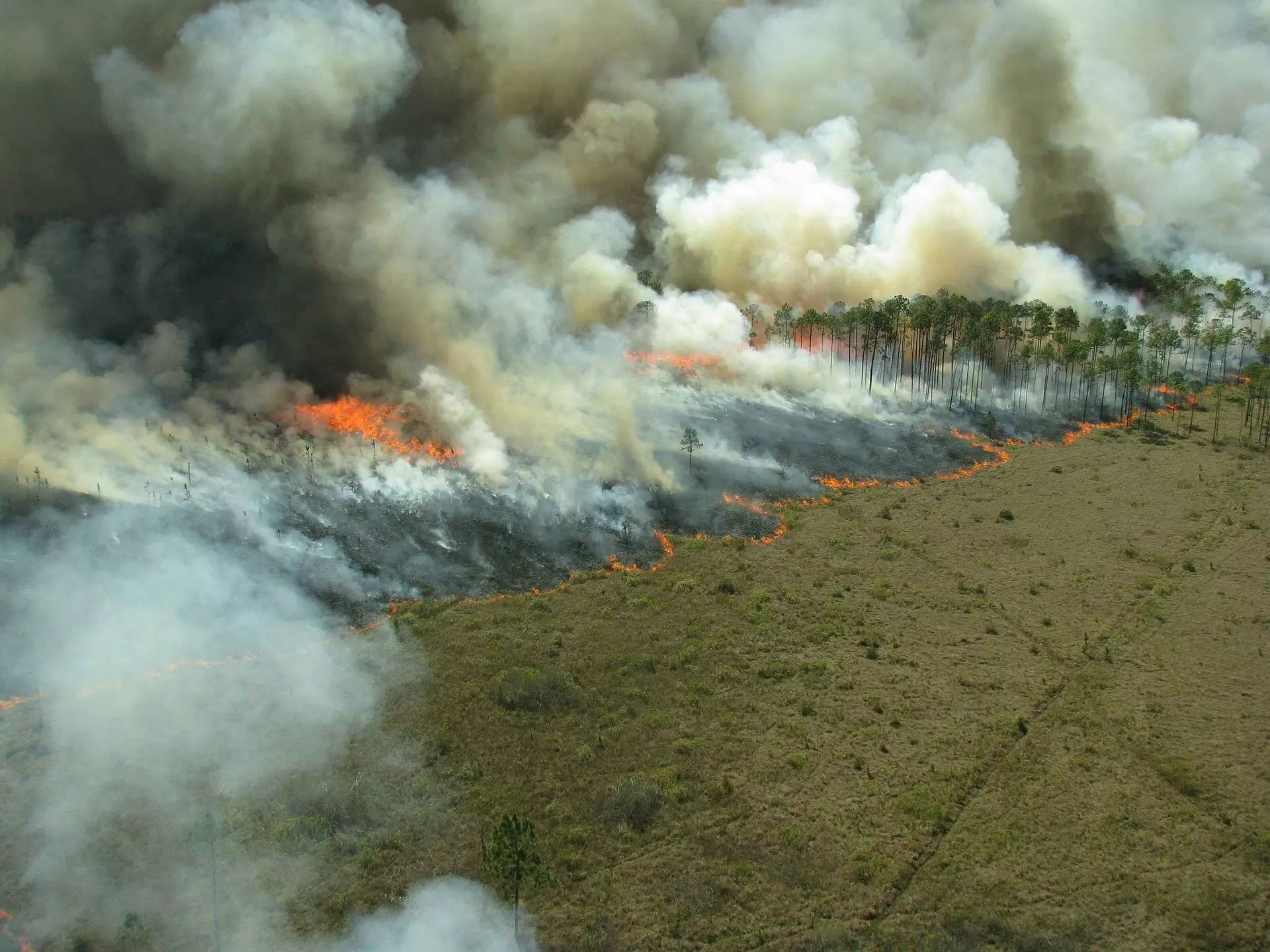The management of fire-prone landscapes in the American West has seen a significant shift towards the use of prescribed burning, a technique that involves setting small fires to mitigate the risk of larger, more destructive wildfires. This practice aims to maintain forest health by reducing the accumulation of combustible materials such as grasses, leaves, branches, and debris. While prescribed burns have proven effective in preventing wildfires and protecting local communities, they also generate smoke, which poses health risks. This raises important questions for forest managers – how much prescribed burning is too much? When do the long-term benefits of fuel reduction outweigh the short-term smoke costs? And how can nearby communities better prepare for the fire season?
To address these questions, an international team led by researchers at the University of Washington developed a comprehensive framework to assess the air quality implications of different levels of prescribed burning. By linking together various models that estimate the smoke effects of prescribed burning on ecosystems and nearby communities, the researchers were able to analyze the smoke produced under six different levels of prescribed burning in California’s Central Sierra range. The findings, published in two separate papers, shed light on the trade-off between reducing wildfire risks and its impact on human health.
The first study, published in Nature Sustainability, focused on estimating the total amount of smoke produced during an average wildfire season under different levels of prescribed burning. The researchers found that all levels of prescribed fires led to lower overall smoke levels compared to scenarios with no prescribed burns. Moderate amounts of prescribed burning were found to be the most effective in reducing smoke. However, the study also revealed potential health hazards associated with greater amounts of prescribed fires.
The second study, published in Environmental Research Letters, specifically analyzed the impacts of prescribed burning on the region’s outdoor agricultural workers. The models used in this study showed that every scenario that included prescribed burning resulted in a shorter wildfire smoke season, reducing overall smoke exposure for nearby communities and workers. The study highlighted the importance of prescribed burning in minimizing health risks associated with wildfire smoke.
The researchers focused their analysis on the Tahoe Central Sierra Initiative, a 2.4 million acre area encompassing public, private, and commercial land. They developed six forest management scenarios with varying levels of prescribed burning, ranging from Minimal Management to Fire++, which involved extensive prescribed burning. The models showed that the scenario with a moderate amount of prescribed burning, named simply Fire, resulted in the lowest levels of smoke. Scenarios with greater amounts of burning, such as Fire+ and Fire++, produced slightly more total smoke.
The findings of these studies provide valuable insights for forest managers across the country. By replicating the methods used in the research, managers can incorporate public health considerations into their management planning. Lowering the severity of fire through prescribed burning can significantly reduce emissions, thus minimizing the impact of smoke on nearby communities. However, coordination with health agencies is crucial for effective planning and mitigation strategies.
Prescribed burning is emerging as a critical tool in fire-prone landscapes, allowing managers to prevent larger and more destructive fires. While prescribed burns come with health risks due to the generation of smoke, the research conducted by the University of Washington and its international team provides crucial insights into balancing the trade-off between reducing wildfire risks and protecting public health. By finding the sweet spot of prescribed burning and incorporating public health considerations into management planning, forest managers can effectively mitigate extreme wildfire risks and minimize the impact of smoke on nearby communities. This research sets the stage for a more comprehensive approach to land management, ensuring the long-term health and sustainability of our fire-prone landscapes.



Leave a Reply